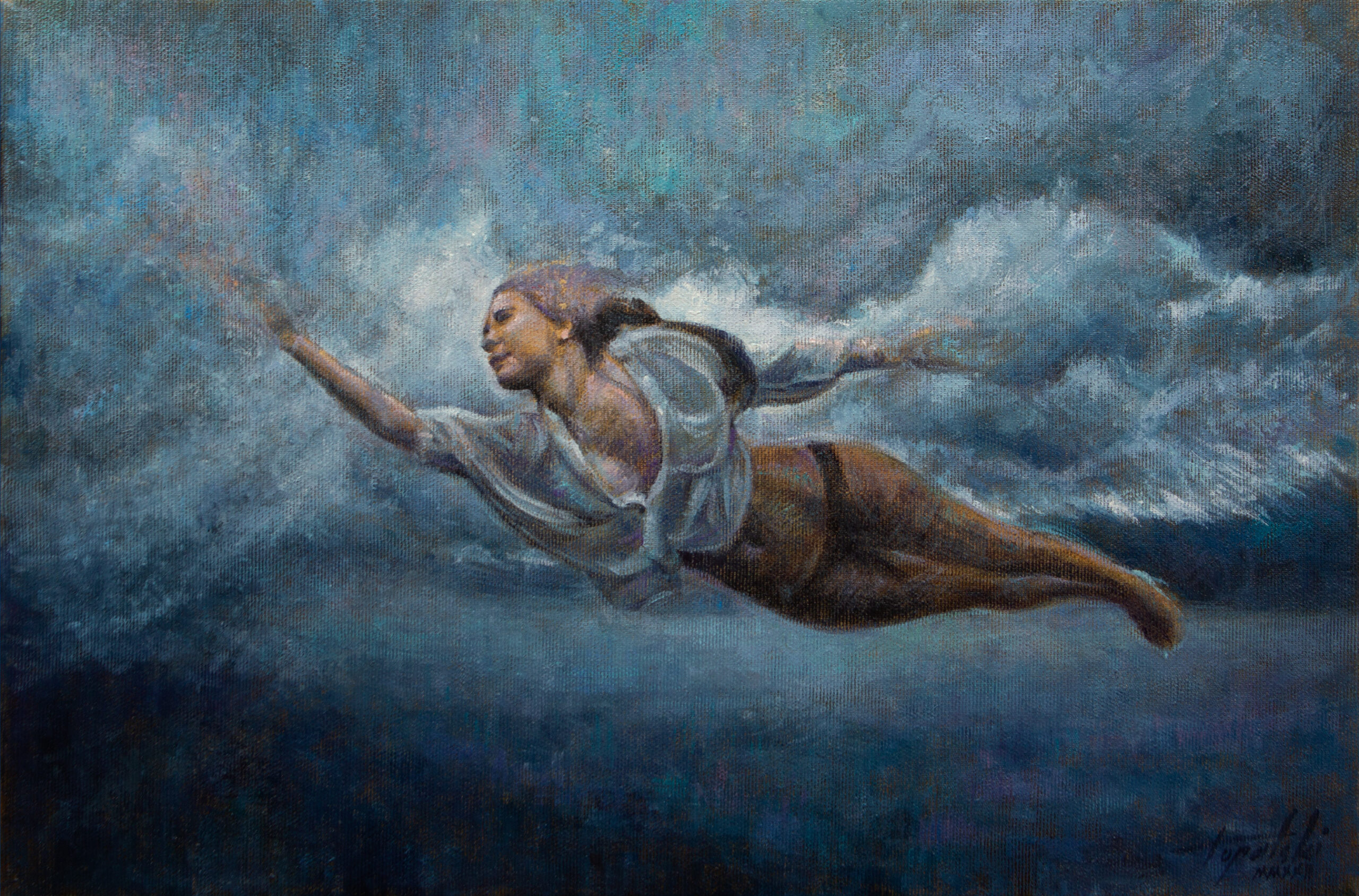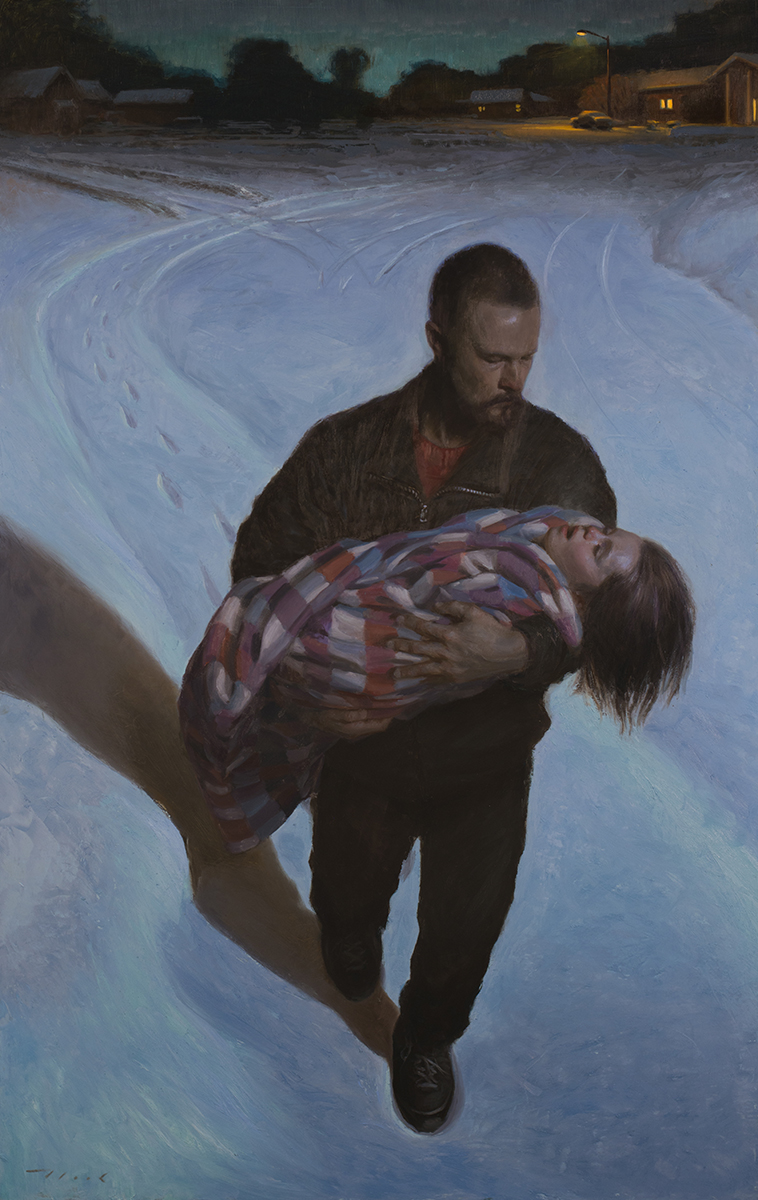Checking out the Depths of Emotion with Figurative Oil Painting Methods
Checking out the Depths of Emotion with Figurative Oil Painting Methods
Blog Article
The Advancement of Metaphorical Oil Painting: Understanding Its Historic Importance and Modern Interpretations
The development of figurative oil paint works as a compelling lens whereby to examine the interplay between creative expression and historic context. From the meticulous naturalism of the Renaissance to the emotive power of the Baroque, each era has actually added layers of significance and method to this ageless tool. Contemporary artists, attracting from this rich heritage, are currently reinterpreting the human number in manner ins which challenge traditional stories. As we explore these transformations, one need to consider just how the discussion between existing and previous informs not only creative technique however additionally societal representations in an increasingly complicated world.
Origins of Metaphorical Oil Painting
The beginnings of metaphorical oil paint can be traced back to the early Renaissance in Europe, particularly in the 15th century. This period marked a considerable separation from the flat depictions and rigid forms characteristic of medieval art. Musicians started to explore naturalism, stressing the human number and its emotional expression. The growth of oil paint allowed for higher depth of color and information, boosting the realistic look and vibrancy of their job.

In this transformative period, numbers were typically shown within contextually abundant settings, showcasing not just their physical attributes but also their emotional states. Pioneers such as Jan van Eyck and Titian took advantage of the medium's flexibility, employing layering methods to achieve luminance and structure. This advancement assisted in the portrayal of elaborate fabrics and the nuances of complexion, adding to the development of portrait and narrative scenes.
Furthermore, the Renaissance focus on humanism cultivated a gratitude for uniqueness, which in turn influenced artists to develop more vibrant and relatable numbers - figurative oil painting. Consequently, metaphorical oil painting became an effective vehicle for narration and emotional involvement, laying the groundwork for future imaginative activities and styles
Trick Historic Motions
Significant historic activities have actually shaped the advancement of metaphorical oil paint, each contributing unique viewpoints and methods that expanded the medium's opportunities. The Renaissance noted a crucial minute, emphasizing realistic look and the human kind, with musicians like Leonardo da Vinci and Michelangelo pressing the limits of physiological accuracy and perspective. Following this, the Baroque era brought dramatic contrasts of light and darkness, exemplified by Caravaggio, that infused religious themes with extreme emotionality.
The 19th century presented Romanticism and Realistic look, where artists such as Delacroix and Courbet tested classic suitables, focusing on private expression and day-to-day life. The introduction of Impressionism additionally transformed the medium by emphasizing the effects of light and color, bring about a separation from standard representation.
In the early 20th century, activities like Expressionism and Cubism redefined metaphorical paint with abstraction and the exploration of emotional depth. Each of these motions not just showed the societal changes of their times but additionally prepared for modern analyses. The interplay between these historic motions has actually developed a rich tapestry of designs and viewpoints, influencing modern musicians in their quest of capturing the human experience on canvas.
Strategies and Materials Development

Throughout the Baroque duration, strategies such as chiaroscuro and sfumato emerged, enhancing the emotional vibration of metaphorical compositions. Musicians started to experiment with lusters and impasto, manipulating texture and luminance. By the 19th century, advancements like making use of pre-mixed paints in tubes transformed availability, permitting artists to repaint en plein air and capture the fleeting results of light.
The 20th century saw the intro of artificial pigments and mediums, which expanded the palette and altered the consistency of oil paints. The exploration of brand-new application strategies, such as scheme knives and brushes of varying rigidity, additional diversified artistic expression. Jointly, these innovations mirror the progressing relationship between materials, strategies, and the creative vision fundamental in figurative oil paint.

Contemporary Analyses
Contemporary interpretations of figurative oil painting mirror a dynamic discussion between custom and development, where artists challenge established standards and discover varied motifs. This evolution materializes in various means, as modern musicians mix timeless methods with modern-day principles, commonly resolving social, political, and individual narratives.
Lots of specialists draw motivation from historic works, yet they instill their items with contemporary viewpoints, pop over to this site utilizing the human form as a lorry for discourse on identity, society, and sex. Artists progressively trying out abstraction, distortion, and multimedias, which enables for a more comprehensive analysis of the number and its context.
Additionally, using dazzling color schemes and unconventional compositions typically offers to interfere with conventional seeing experiences, prompting important interaction from audiences. This shift in focus extends beyond aesthetic appeals; it mirrors an expanding awareness of the complexities of human experience in an interconnected world.
As figurative oil paint remains to evolve, it stays a vital medium for exploring the subtleties of contemporary life, embodying both a regard for heritage and a commitment to progressive idea. The result is an abundant tapestry of expression that reverberates with the intricacies of the modern-day human condition.
Impact on Modern Art
The impact of why not find out more metaphorical oil painting on modern art is extensive, as it has continually influenced a myriad of imaginative motions and methods throughout the 20th and 21st centuries. From Expressionism to Surrealism and beyond, the expedition of the human number has remained a main style, permitting musicians to share intricate feelings and narratives. This focus on metaphorical representation has brought about a re-examination of typical techniques, leading to cutting-edge strategies that mix realism with abstraction.
Furthermore, contemporary artists have accepted metaphorical oil painting as a way to address political and social issues, using the medium to test perceptions of gender, identification, and culture. The revival of interest in metaphorical operate in current years mirrors a yearning for link in a progressively electronic globe, where human experience and emotion are extremely important.
Additionally, the discussion between figurative oil paint and modern art appears in the jobs of musicians such as Kehinde Wiley and Jenny Saville, that make use of historical references while infusing their pieces with modern relevance. Inevitably, figurative oil paint proceeds to form and redefine modern creative expression, underscoring its enduring relevance in the visit this web-site art globe.
Conclusion
The evolution of figurative oil painting underscores its historical relevance and flexibility throughout numerous imaginative movements. Eventually, metaphorical oil painting stays an important medium for exploring the human experience, resonating exceptionally in today's digital landscape.
The evolution of metaphorical oil paint offers as a compelling lens via which to examine the interplay in between imaginative expression and historic context.Significant historical motions have formed the advancement of metaphorical oil painting, each adding unique ideologies and strategies that increased the tool's opportunities.As historic motions shaped the trajectory of metaphorical oil paint, the materials and strategies employed by artists have actually additionally gone through substantial changes. figurative oil painting.The impact of metaphorical oil paint on modern-day art is extensive, as it has actually continually influenced a myriad of imaginative movements and methods throughout the 20th and 21st centuries.The evolution of figurative oil painting underscores its historic value and versatility throughout different artistic movements
Report this page